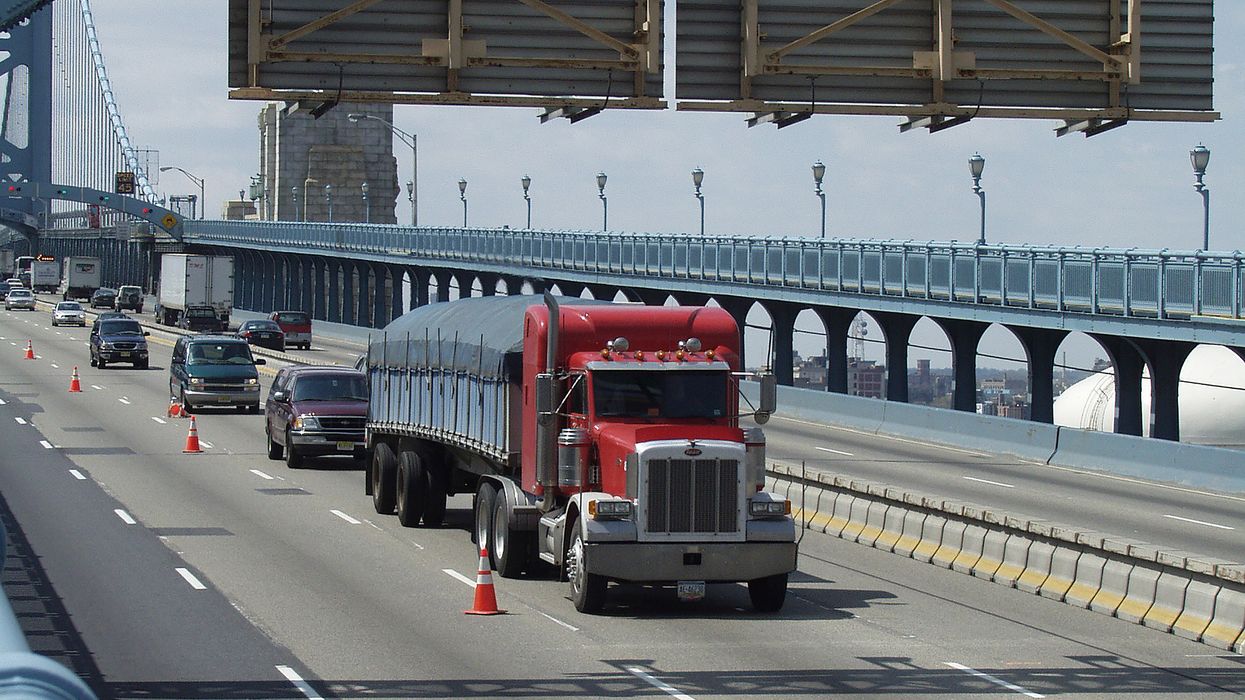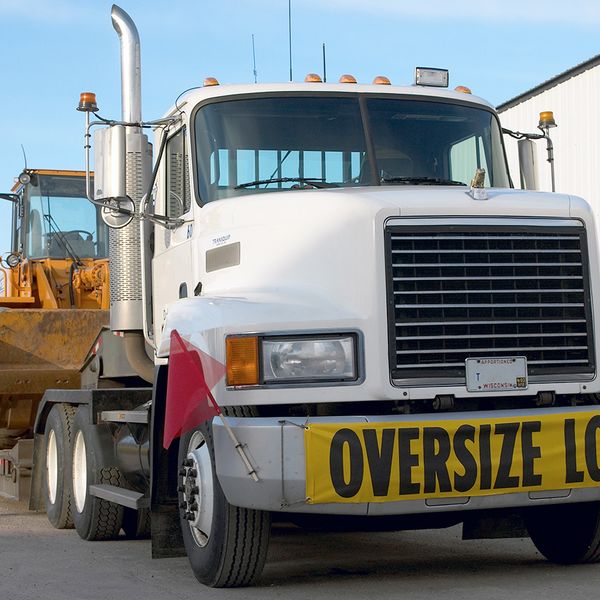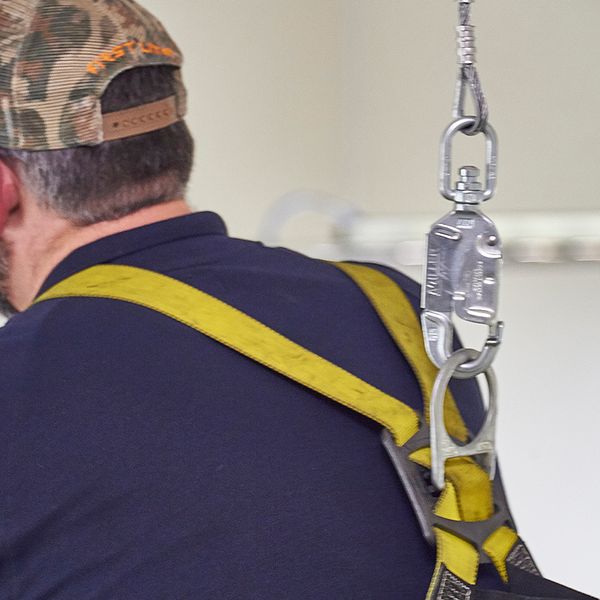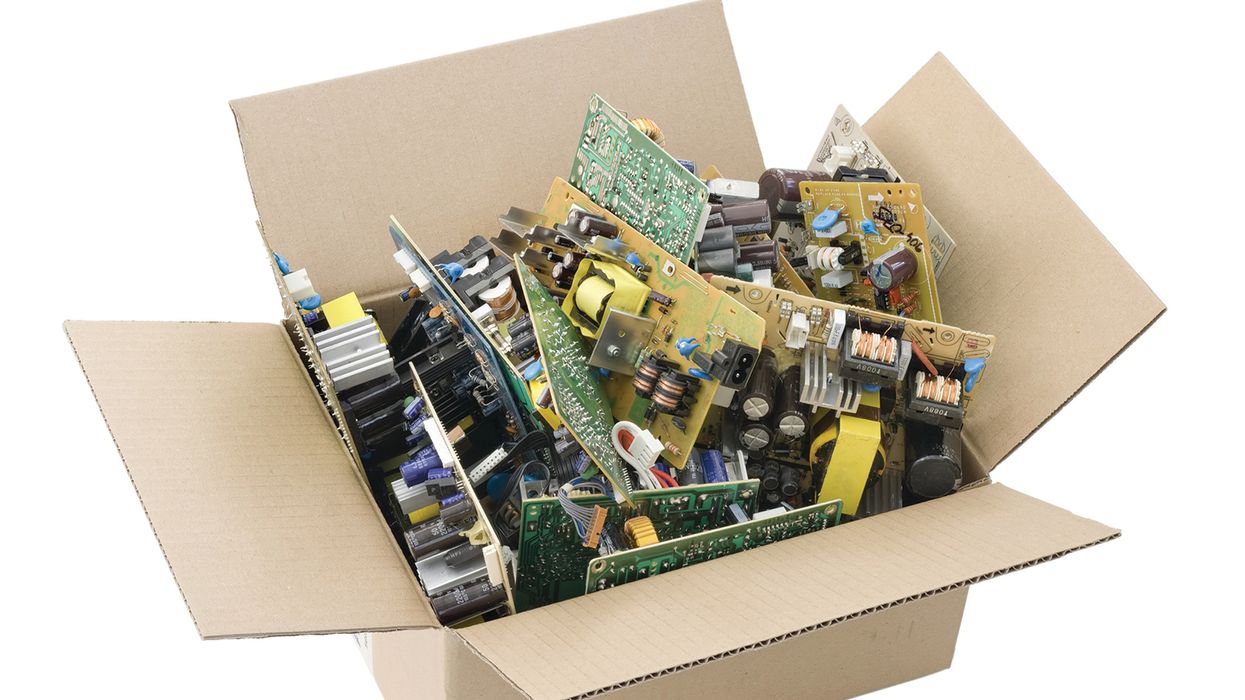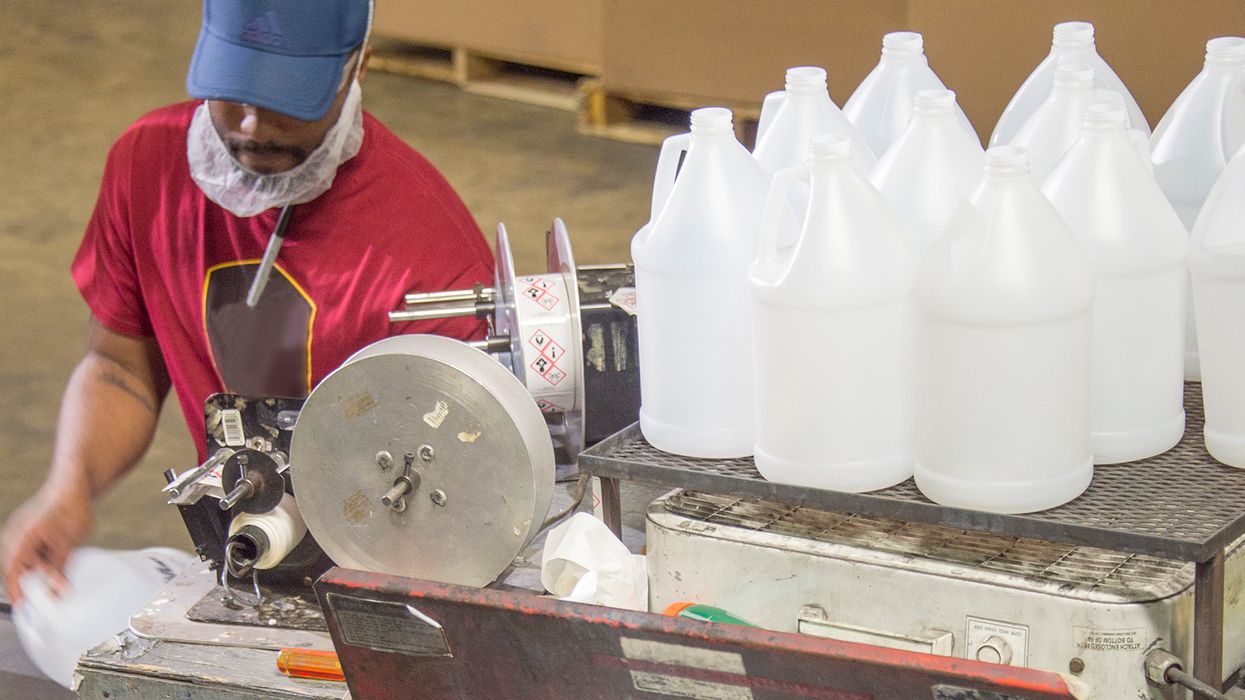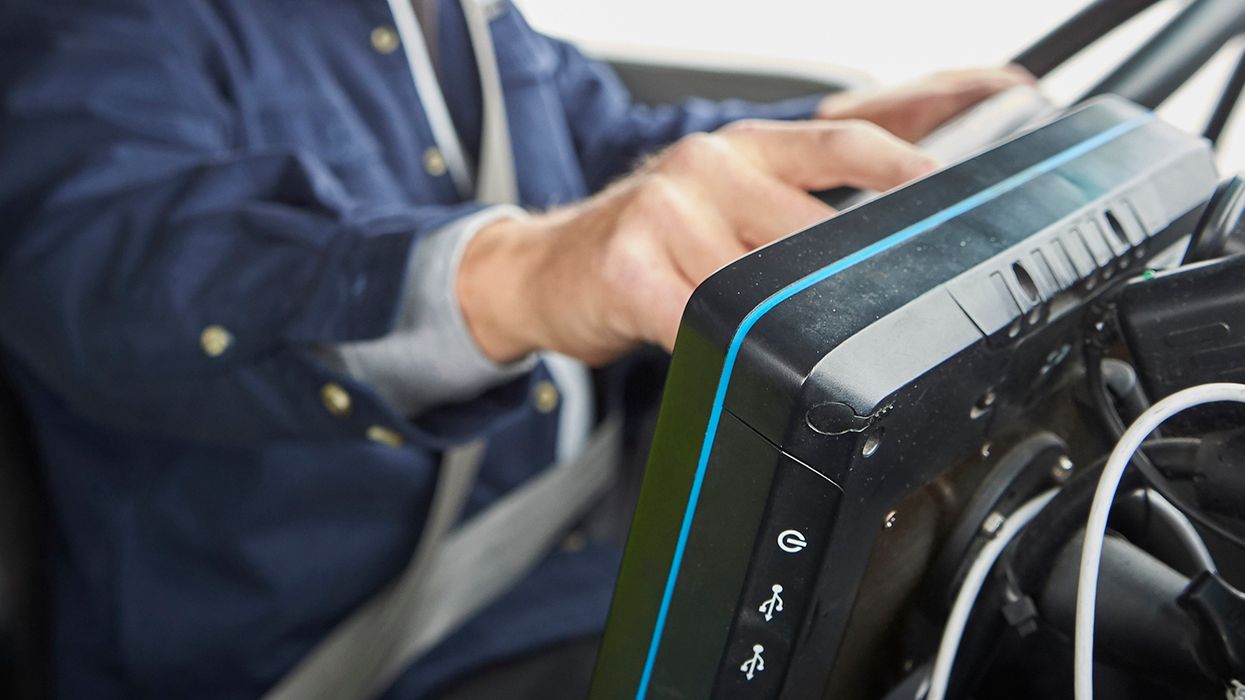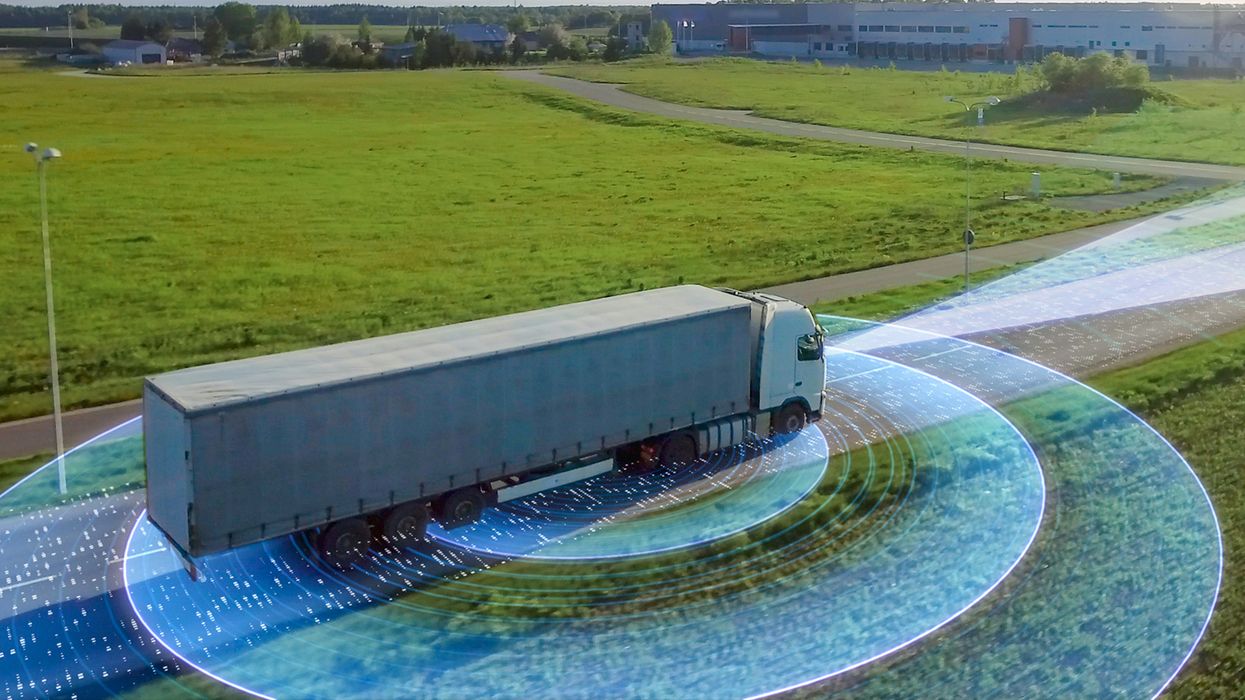Look up! What is over the vehicle is the driver and carrier’s responsibility
Drivers regularly strike overhead objects causing significant damage to the vehicle, load, and the item hit. The cost of damages can easily reach six figures. The cause of these strikes typically falls into one of four categories:
- Signage incorrect or unseen,
- Driver unaware of actual vehicle height,
- The vehicle operator assumed they could “make it,” or
- Vehicle or cargo securement issues.
Signage
A professional driver encounters thousands of signs every day. Missing a height clearance sign can be a costly mistake.
The maximum height in most states is 13 feet 6 inches. The maximum is the tallest a vehicle can be without an oversized permit. It is not a warranty that all overhead clearances are greater than the allowed height. The signage usually refers to the maximum distance between the pavement and the structure. The sign may not be an accurate representation of the vehicle height that can clear the opening:
- Typically, roadways are higher in the middle than on the outside edges for water drainage. The roadway height is called a “crown” and can impact actual clearance.
- Crews may add pavement to smooth or resurface the roadway. This resurfacing can add several inches to the road – lessening the actual clearance.
- If the overpass is at ground level and the lower roadway is below grade, the roadway will be higher on either side of the overpass than the vertical clearance. The longer the vehicle, the less actual clearance the vehicle will have.
Driver unaware of actual vehicle height
Drivers, particularly new drivers, are not always aware of the vehicle dimensions. The operator may be used to looking through the windshield of a smaller and lower vehicle. It takes time for drivers to acclimate to a larger vehicle.
When conducting road tests or vehicle training, include traveling under overpasses. The evaluator or trainer should note whether the driver is watching for signage.
As an extra precaution, carriers can place the height of the vehicle either on the truck or tractor, or on the front of the trailer.
Driver assumed they could “make it”
Drivers cannot assume because they are operating on a “truck route” that the vehicle will make it under every overpass. Particularly when driving in urban areas, the overpasses are not necessarily designed for modern-height vehicles. Usually, low overpasses are marked – but there is no guarantee that all will be.
Just because a driver made it under an overpass in one direction, does not mean the clearance height is the same in the other direction. Older structures often have different clearances on either side of the center post.
Drivers may assume that if there is no height sign, the clearance must be adequate. This can be a costly mistake. For instance, the National Electrical Safety Code states that telephone lines must be at least 14 feet above the ground and electrical lines must be at least 15.5 feet above the ground. Sometimes, though, the lines will hang lower than the allowable minimum heights. Low-hanging lines usually are not a problem, but certainly can be. This is especially true for older lines or after a storm.
States may have laws asserting that drivers or carriers are responsible for damages when vehicles hit overhead objects. For example, North Carolina statutes state, “The operator or owner of any vehicle having an overall height, whether unladen or with load, in excess of 12 feet 6 inches, shall be liable for damage to any structure caused by such vehicle having a height in excess of 12 feet 6 inches.”
Vehicle or cargo securement issues
It is important that drivers properly lock down any hydraulics. Vehicles that hit overpasses often make the news. This is not the type of publicity that carriers seek!
Hydraulics can be an issue with a vehicle that has a lifting bed, such as a dump truck, or when transporting another vehicle equipped with lifting arms or booms.
When a vehicle has a lifting bed, the vehicle has safety features to ensure the bed does not activate and go up without the driver realizing it. The features include a physical lever the driver engages to lift the bed and a cab light should activate when the bed is in the raised position. As a part of the pretrip inspection, the driver needs to make sure that the lifting lever is locked in the neutral position and the warning light is functioning properly.
If the truck is hauling another vehicle that has accessory equipment, such as hydraulic shovels, the regulations require the equipment to be completely lowered and secured to the vehicle.
To help avoid the situation altogether, there are actions carriers can take to help prevent trucks from hitting overhead structures. Train drivers to:
- Be aware of height restrictions;
- Include clearances in trip plans,
- Use provided resources covering allowed vehicle height and low overpasses,
- Not to assume – when in doubt get out and look, and
- Ensure lifting equipment and vehicles are properly secured.
Key to remember
Overhead strikes are expensive in terms of financial liability and brand favorability. Damage to overpasses often makes it on to broadcast news segments and on-line video sharing platforms.

